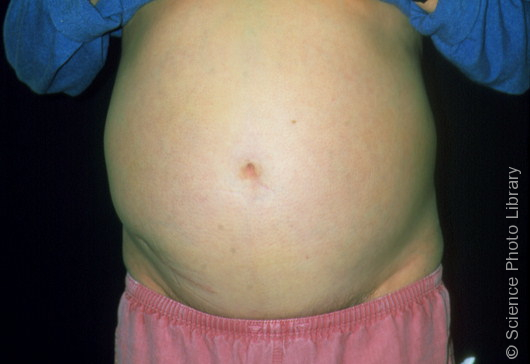Background medical therapy in PAH
Various supportive treatments are used in PAH, though there are relatively few data to guide their use. They comprise anticoagulation, diuretics, oxygen and digoxin. General recommendations are given in the ESC 2009 guidelines,1 the ACCF/AHA 2009 expert consensus document5 and the 2008 UK consensus.6
Anticoagulation
Vascular thrombotic lesions are often seen at post mortem in PAH patients, and non-specific abnormalities in coagulation and fibrinolysis have been identified. Some of these patients are relatively immobile. Retrospective evidence in favour of oral anticoagulation exists for patients with IPAH (where a survival benefit has been shown), heritable PAH and PAH due to anorexigens, and is recommended in current guidelines. Given the weak evidence, it may be reasonable to avoid anticoagulation in patients with relative contra-indications. The risk of bleeding may be especially high in some subclasses of PAH, such as portopulmonary hypertension with varices. Use of anticoagulation is not proven to be beneficial in Eisenmenger’s syndrome, and the risk of haemoptysis is greater in these patients. Anticoagulation should at least be considered when thrombus is found in the pulmonary circulation in Eisenmenger’s syndrome.
In European centres the target international normalized ratio (INR) is 2.0 to 3.0. Anticoagulation is recommended for those receiving continuous intravenous therapy, in the absence of contra-indications.
Diuretics

Heart failure in PH may lead to fluid retention, manifest particularly by ascites (figure 2). Ascites may be a particular problem because it raises the diaphragm and restricts ventilation. Patients with such fluid overload may derive symptomatic benefit from treatment with diuretics. There are no RCT data so the choice of diuretic is dictated by the physician’s experience and preferences. Aldosterone antagonists are often helpful. Renal function and blood biochemistry need to be monitored if diuretics are given since renal function may be precarious in patients with a fixed cardiac output.
Oxygen and overnight oxygen
Some patients with PAH have arterial hypoxaemia at rest. Long-term oxygen therapy is prescribed according to the British Thoracic Society recommendations.7 Thus, when arterial oxygen pressure is consistently below 8 kPa (60 mmHg) on room air, oxygen may be prescribed for at least 15 hours per day, including night-time. Patients may use portable oxygen cylinders, or have oxygen concentrators installed in their homes. The use of oxygen in patients with right to left shunts may not be of benefit.
Although there are no flight simulation studies, in-flight oxygen should be considered for patients with significant pulmonary hypertension (WHO-FC III and IV). A flow rate of 2 litres per minute has been shown to raise inspired PO2 to sea level values but higher flow rates may be used for these patients if required.
Digoxin
Digoxin improves cardiac output acutely in IPAH although its efficacy in the long term is unknown. It may be considered in patients in sinus rhythm who remain symptomatic on medical therapy.
Learning points
- All PH patients with a thromboembolic risk should be considered for anticoagulation
- Some patients may benefit from oxygen therapy
- Diuretics and digoxin may improve symptoms in selected patients with right heart failure
